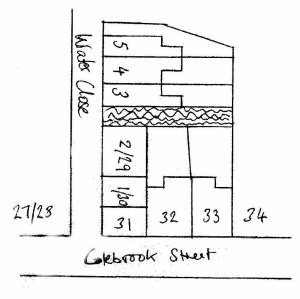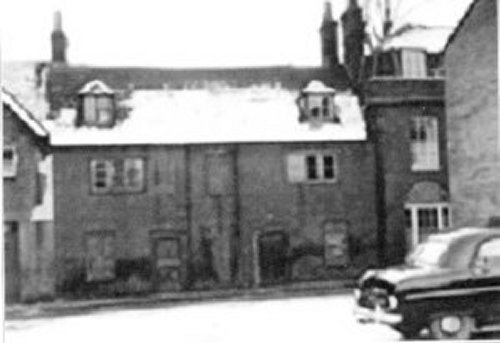Winchester's Water Gardens and its creator - TrustNews Mar 18
“The Spy with the Green Thumb“ is how Winchester's MP was described in his obituary in the New York Times. That was in 2006, and the MP was Sir Peter Smithers, the Conservative who had represented Winchester between 1950 and 1964. Born in 1913, his wartime exploits alongside Ian Fleming must have made Winchester seem rather tame. There was even a suggestion – not confirmed - that Smithers was the model for James Bond. Certainly he was tall and dashing.
In 1964 he left Winchester to become Secretary-General of the Council of Europe, which involved organising eighteen member governments, the Parliamentary Assembly and the European Court of Human Rights, which he considered “the best international court in existence then or since".
He left two legacies to Winchester. One was the avoidance of a truly shocking plan. The government had wanted to create a 4,000 acre reservoir under the city for the storage of gas. Smithers created an all-party coalition of MP3, various Wykehamists, the Bishop of Winchester and the Council, and in 1962 defeated the plan. Even if few people now recall this, the entire population should be grateful to its erstwhile MP.
It’s hard to imagine James Bond taking up gardening, but that was Smithers’ other legacy. His parents had bought Colebrook House, 27/28 Colebrook Street, some time in the 1940s - unfortunately there is a gap in the run of street directories in the Hampshire Record Office between 1942 and 1951, but by 1951 Peter and his mother Ethel were both living there, presumably along with other family members. Peter had married his American wife, Dojean, while serving in Mexico in 1948. His mother died in 1952. Colebrook House was listed Grade II* in 1950, in the first round of the newly-devised designations, demonstrating its obvious significance.

The Water Garden occupies the site of what were once five cottages and three houses, the cottages lining the path (officially Water Close) and the houses fronting Colebrook Street, between the path and no. 34, the handsome house (also listed Grade II*) which happily remains. Again using the street directories, it's possible to establish that the three Colebrook Street houses, nos. 31, 32 and 38, were built some time before the first directory, which is for 1880, as were the two to the right of the path. These two were originally nos. 29 and 30 Colebrook Street but later became 1 and 2 Water Close, while nos. 3, 4 and 5 Water Close, between the water and the cathedral wall, were built and occupied by 1884. There seems to be no record of what any of them looked like, apart from a photo from about 1955 showing the pair of cottages at 32 and 33 Colebrook Street, and the edge of the attractive barge-boarded gable of no. 31.
Peter Smithers wrote his book Adventures of a Gardener in 1996, by which time he was retired and living in Switzerland, where he created another magnificent garden at Vico Morcote above Lake Lugano. He writes of how in the 1950s he bought several small houses that had been scheduled for demolition, in order to create the water garden, starting with the houses to the right of the water - presumably numbers 1 and 2 Water Close and 31, 32 and 33 Colebrook Street. The houses were demolished in 1958, and the garden was commenced. A conveyance dated 1967 shows how the final three houses, 3, 4 and 5 Water Close were sold by The Mayor Aldermen and Citizens of the City of Winchester (the forerunner of Winchester City Council) to Peter Smithers, along with a protective covenant covering the area of the three houses saying “the said property hereby conveyed shall not at any time hereafter be laid out as or form part of a building site but shall be laid out and maintained as a private garden".
The paradox now, of course, is that the City of Winchester Trust would almost certainly be arguing to keep the eight houses – that was, after all, how the Trust came into being, to prevent the demolition of swathes of St John's Street in the same mania for “slum clearance” that caused the loss of the first Water Close cottages But 60 or so years later, like most of Winchester‘s citizens and visitors, the Trust appreciates and values the Water Garden, and can be thankful to its creator for his incidental gift to the city: private yet open to the eye, a harmonious and tranquil space of great beauty. Long may it continue to be so.

